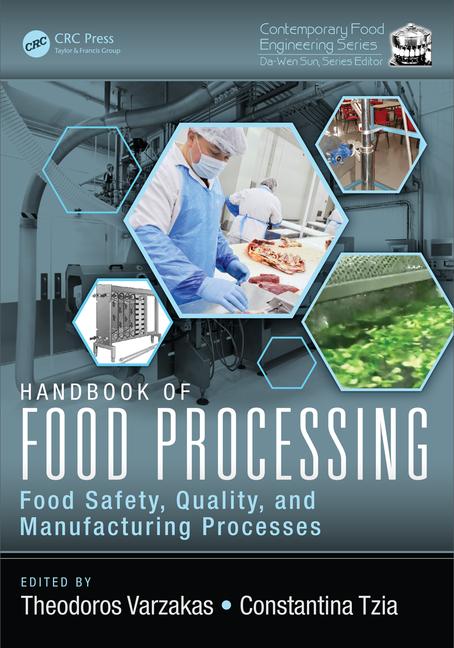Dairy-free products appeal to consumers who have milk allergies or lactose intolerance. However, these two types of dairy product intolerance are quite distinctly different.
Lactose intolerance is more common than milk allergy. Lactose-intolerant consumers experience mild intestinal discomfort after eating products containing lactose. They can often tolerate small doses of lactose in their diets without experiencing symptoms.
Milk allergy occurs mostly in infants and young children. Many milk-allergic individuals outgrow their milk allergy within a few years, so milk allergy among adults is rather rare. Milk-allergic consumers react upon the ingestion of milk protein. The symptoms can involve the skin (hives, itching, swelling), the intestinal tract (vomiting, diarrhea) and/or the respiratory tract (asthma, rhinitis). Very severe anaphylactic reactions and even death can occur in some milk-allergic consumers.
The use of high-pressure liquid chromatography (HPLC) is one of the most-robust and sensitive methods. No regulatory definition exists for lactose-free foods, so companies are allowed to establish their own definition. Many lactose-intolerant consumers can safely ingest small milligram quantities of lactose, so strict allowances are not necessary.
Enzyme-linked immunosorbent assays (ELISAs) are the most widely used methods for the detection of residues of milk proteins in foods. Commercial milk ELISA kits are available targeted for detection of casein, β-lactoglobulin or total milk residues. Caseins comprise 80 percent of milk proteins, while β-lactoglobulin is a protein marker for the whey fraction. Total milk ELISAs are able to detect milk residues from either the casein or whey fractions. The choice of ELISA method can be dependent on the nature of the milk ingredient—whey vs. casein. In general, milk ELISAs are both sensitive and highly specific. Because of the variable specificity of ELISAs for milk residues, the selection of the appropriate method is critical to the adequate documentation of milk-free or dairy-free status. If cross-contact could occur due to shared equipment or other issues, the selected method must be able to detect the milk-derived ingredient that is likely to be a possible source of the cross-contact. Testing positive controls (the milk-derived ingredient in question) is the best way to assure that a particular ELISA method is a good choice. Current milk ELISAs have a low sensitive limit in the low ppm range which is appropriately sensitive to protect milk-allergic consumers.
Some dairy-free products are essentially free of lactose but still contain other milk-derived ingredients, especially milk protein fractions such as caseinates or whey protein concentrates. Some products can be specifically labeled as “Lactose-Free,” which is an appropriate term if the product is free of lactose but contains other milk-derived ingredients. However, these products should not be declared as “Milk-Free” or Dairy-Free” because milk-allergic consumers are likely to react to their ingestion.
Few foods are labeled as “Milk-Free” even though that term should be suitable for products that are free of both lactose and milk proteins. “Dairy-Free” products are more widely available. Ideally, these products should contain no detectable lactose or milk proteins so that they are well suited for both types of consumers. However, some “Dairy-Free” products are not suitable for milk-allergic consumers, because they contain milk protein residues.
Dark chocolate is commonly made on shared equipment with milk chocolate. Effective removal of milk protein residues from shared equipment is virtually impossible. Attempts to use push-through to eliminate milk residues from dark chocolate are also ineffective. Thus, dark chocolate often contains detectable milk protein residues at levels ranging from 100 to greater than 5,000 ppm. The only exception would be dark chocolate made on dedicated manufacturing equipment.
FDA is aware of this situation and has expressed concerns about the presence of high levels of milk protein residues in dark chocolate. Many manufacturers of dark chocolate appropriately declare the presence of milk residues on their products either on the ingredient list (because milk residues are virtually always present) or in a precautionary allergen label (e.g., “Made on shared equipment with milk” or “Not suitable for milk-allergic consumers”). Because of the expressed concern by FDA, the ingredient declaration option is perhaps the most appropriate strategy.







